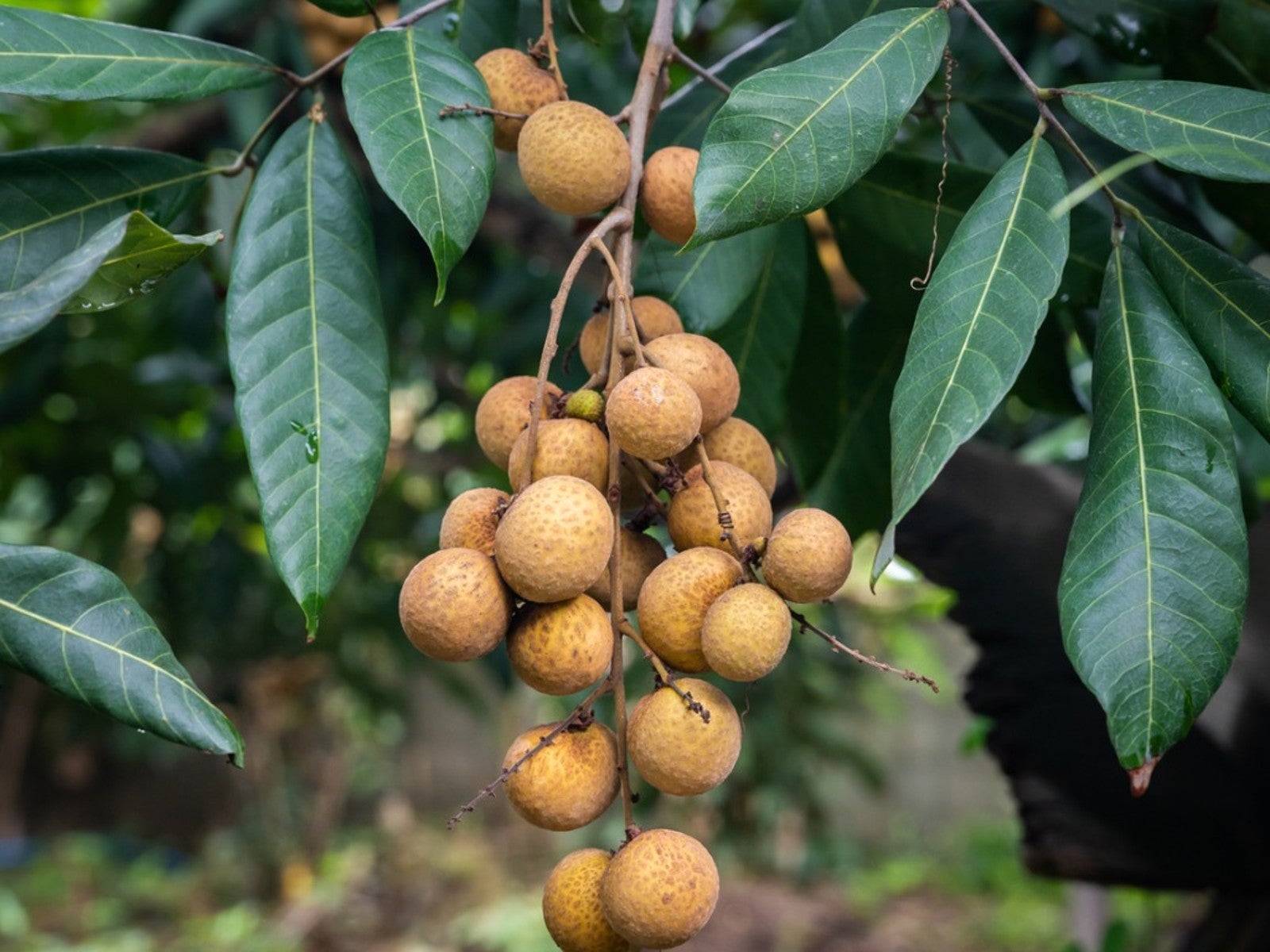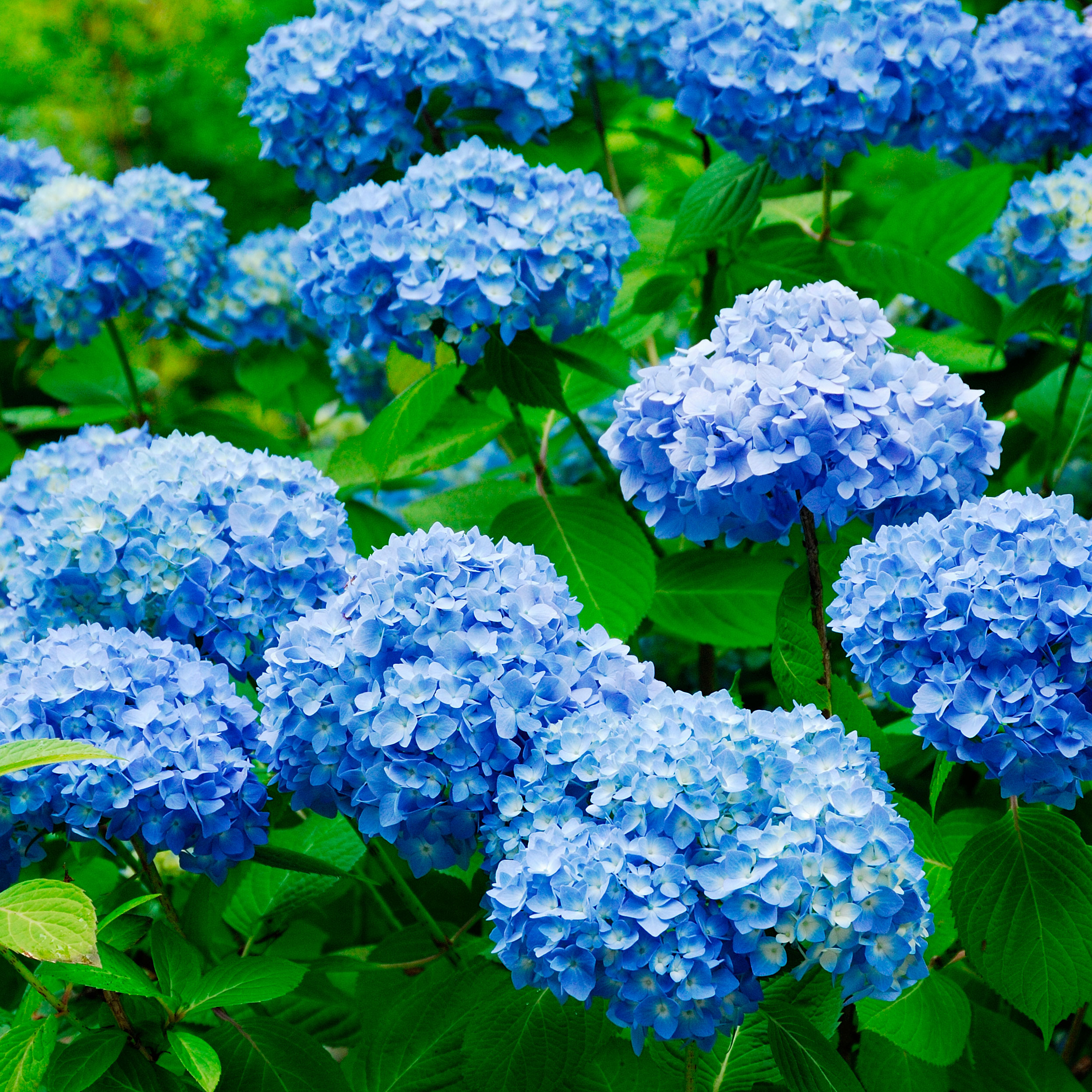Dragon’s Eye Plant Info: Tips On Growing Dragon’s Eye Plants


One of the close relatives of the lychee is the dragon's eye. What is dragon's eye? This temperate China native is used widely for its musky, lightly sweet fruits, both as food and in medicine. Growing dragon's eye plants requires warm to mild temperatures where 22 degrees F. (-6 C.) or lower is a rarity. This semi-hardy tree is also extremely attractive and lends tropical elegance to the landscape.
Dragon's Eye Plant Info
If you are a gardener who is interested in unique plant specimens and has an adventurous palate, the dragon's eye tree (Dimocarpus longan) may be of interest. Its name derives from the shelled fruit, which is said to resemble an eyeball. This fruiting tree is a less sweet substitute for the infamous lychee nut. The fruit is easily separated from the aril, just as in lychee, and it is a common food crop that is preserved frozen, canned, or dried, and also marketed fresh. Some tips on how to grow a dragon's eye can help you harvest the low calorie, high potassium fruit.
Dragon's eye is a 30 to 40 foot (9-12 m.) tree with rough bark and elegant drooping branches. Plants are also called longan trees and are in the soapberry family. The leaves are pinnately compound, glossy, leathery, and dark green, growing 12 inches (31 cm.) long. New growth is wine colored. The flowers are pale yellow, borne on racemes, and have six petals on hairy stalks. The fruits are drupes and arrive in clusters.
Among the economic dragon's eye plant info is its importance as a crop in Florida. Fruits produce later in the season than lychee, and trees grow quickly and thrive in a variety of soil types. However, seedlings can take up to six years to bear fruit, and in some years, fruit production is erratic.
How to Grow Dragon's Eye Plants
Site is the first selection when growing dragon's eye plants. Choose a full sun location away from other large plants and buildings where the soil drains freely and no flooding occurs. Trees can tolerate sandy soils, sandy loam, and even calcareous, rocky soils but do prefer an acidic environment.
Young trees are less fussy about climactic conditions than their cousin, the lychee, but should be planted where buffeting winds do not occur. When planting a grove or multiple trees, space longans 15 to 25 feet (5-8 m.) apart, depending upon whether you will be pruning to keep trees smaller and easier to harvest.
Most propagation of dragon's eye tree is through cloning, as seedlings are unreliable.
Gardening tips, videos, info and more delivered right to your inbox!
Sign up for the Gardening Know How newsletter today and receive a free copy of our e-book "How to Grow Delicious Tomatoes".
Dragon's Eye Care
Dragon's eye trees require less water than lychee. Young trees need consistent irrigation as they establish, and mature trees should get regular water from flowering to harvest. Some drought stress during fall and winter may promote flowering in spring.
Feed young trees every six to eight weeks with a 6-6-6. Foliar feeds work well on mature plants from spring through fall. Apply four to six times during the growing season. Mature trees need 2.5 to 5 pounds (1-2 kg.) per application.
In California, the trees are considered to be pest free, but in Florida, they are attacked by scale and lychee webworms. Trees have no major disease issues.

Bonnie Grant is a professional landscaper with a Certification in Urban Gardening. She has been gardening and writing for 15 years. A former professional chef, she has a passion for edible landscaping.
-
 Hydrangea Landscape Uses – 5 Beautiful Ideas To Try In Your Yard This Year
Hydrangea Landscape Uses – 5 Beautiful Ideas To Try In Your Yard This YearHydrangeas can add a vibrant element to your garden and there are numerous landscape uses for these blooming beauties. Gorgeous hydrangea ideas abound!
-
 Best Blue Hydrangeas: Stunning Blue Hydrangea Varieties For A Sapphire-Studded Garden
Best Blue Hydrangeas: Stunning Blue Hydrangea Varieties For A Sapphire-Studded GardenWhether you’re a mophead or a lacecap lover, blue hydrangea varieties present breathtaking profusions of cool, lush floral displays. Here are 5 of the best to try